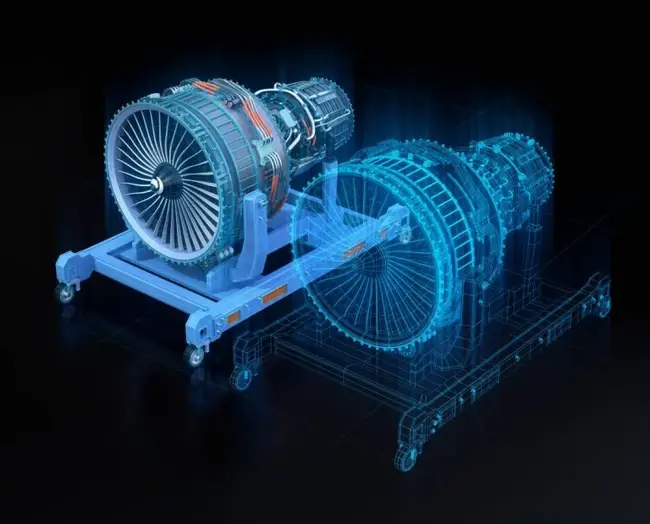The arrival of a new decade makes for an appropriate time to take the pulse of your business's digital transformation journey. In particular, organisations across every industry will take the start of 2020 as an opportunity to assess the progress made, as well as query next steps. For continuous digital innovation, organisations must embrace digitally innovative technologies – obviously. A number of such spring to mind: artificial intelligence (AI), cloud computing, and big data to name a few. However, gaining pace in the rear view mirror is digital twin technology. Digital twins are making their mark as one of the most disruptive tools available today. Much like the name suggests, a digital twin is a virtual replica of a physical product or process that evolves in sync with the original. Digital twins are created by connected sensors, which gather data in real time of the physical counterpart's status. Using a combination of Internet of Things (IoT), AI, and software analytics, a twin is born. Businesses can take advantage of digital twins to predict different outcomes on variable data. Digital twins create myriad opportunities for organisations to learn from, as well as giving them an upper hand in the face of performance failure.

How twins take transformation to the next level
Digital transformation is shaped by a multi-industry quest to improve the way businesses work. Not only that, but organisations are exploring the advantages of digital transformation in the realm of customer experience with the same weight. As a byproduct, the transformation journey also enables companies to strategically embrace the hottest technologies du jour. As well as creating an exciting company culture, this can also be an attractive asset for consumers. Keeping in line with improving business processes, digital twin technology lends an eagle eye for situational awareness. Companies can enjoy an immersive view of processes through simulations and virtualisations. Through these heightened insights, businesses can better their responses to changes, as well as identify opportunities for optimisation. Furthermore, business can also use the knowledge gained to a financial advantage. One such avenue is that of predictive maintenance. Organisations can draw from the predictions fashioned by digital twins to stay ahead of any downtime. In an age where 'time is money' couldn't be truer, the value of digital twin and its predictive capabilities catapults significantly. Keeping with cost savings, digital twins also provide a way to reduce overall expenditures. The fully immersive view enables businesses to pinpoint opportunities to reduce operating costs. As well as this, digital twin technology is surprisingly affordable, with particular thanks to IoT. Tying in with the customer experience initiative enveloped in digital transformation, digital twins can be a key player in enhancing it. More so than ever, we recognise data as a crucial means to improve customer experience. With digital twins churning it out in real time, organisations can be more hands-on in customer centricity than ever.
For more on digital twins, check out our Top 10 Digital Twin Vendors for 2019!







Comments ( 0 )